3,746cc DOHC Twin-Turbo 6-Cylinder Engine Electronic Fuel Injection 700bhp at 7,000rpm 6-speed Sequential Manual Transaxle 4-Wheel Independent Suspension 4-Wheel Carbon Ceramic Disc Brakes *Legendary, limited production top-of-the-line RUF Supercar *Just 1,562 Miles from new *Complete custom-built supercar from the legendary company with excellent performance *One of just three examples in special Chroma Flash Hologram Matte paint THE RUF CTR3 What began as a simple service station in Pfaffenhausen, Germany would, just 30 years later, begin producing some of the most capable super sports cars in the world. Alois Ruf Junior, thanks to his father's business, developed a passion for automobiles and particularly the Porsche 911. RUF's first creations would be based on this model and as the company grew, body-in-white 911 chassis would be utilized to create their own original vehicles. Quite possibly the company's most famous creation, the CTR, known as the "Yellowbird," was, in 1987, the fastest road going Porsche and possibly, the fastest car in the world with a claimed top speed of 213mph. Powering this beast was a heavily modified version of the 3.2 flat 6 motor. Boring out the cylinders increased the displacement to 3.4 liters and an uprated ignition system borrowed from the 962 racing car further helped build the power. Most importantly however, was the addition of two turbochargers and two intercoolers. The vehicle was rated at 469 horsepower, but the company was open to admitting that this was a figure representative of the lowest dynamometer reading of all the CTR engines tested. More realistically, 500 horsepower was a closer estimate. More than just a powerful 911, RUF based their creation on the lighter and more aerodynamic Carrera 3.2 model and would go to great lengths enhancing these two merits. The body panels, including the hood, doors, and engine cover were all replaced in aluminum. Further, the rain gutters were shaved to reduce drag, and the bumpers were replaced with fiberglass pieces. In total 441lb was cut from the Carrera 3.2, resulting in an amazingly low curb weight of just 2,535lbs. A harrowing drive around the Nürburgring with test driver Stefan Roser behind the wheel was captured on video and greatly helped increase the visibility of the brand within the automotive world. Today, the original CTR has built up a mythical status as one of the most impressive and dramatic super sports cars of the last century. The follow-up to the legendary "Yellowbird" would arrive in 1995, this time based off on the new 993 Turbo chassis. Keeping up with the themes of the original: big power, low weight, and high speed, The CTR2 would add a twist to the formula by adding in the option of two or four-wheel drive. Additional features included a Kevlar body, lightweight glass, a RUF manufactured coil over system, and a dual functioning rear wing that helped create downforce and feed the intercoolers. Most incredibly, the powerplant was sourced from the 962 Group C race car and RUF would tune it to produce 520hp. 0-60 was dealt with in just 3.5 seconds, while a top speed of 217mph was only bested in 1998 by the mighty McLaren F1. RUF would demonstrate the versatility of this car by further modifying two road registered examples to drive on the street to the 1997 Pikes Peak Hillclimb and subsequently finish 2nd place overall at the event. 12 years later, in 2007, RUF would introduce their most impressive car to date, the CTR3. This latest iteration would drastically overhaul CTR formula by adopting a mid-engine layout. RUF in conjunction with Mulimatic, a Canadian company most recently known for helping Ford build the newest GT, engineered this bespoke platform for the vehicle. A first for the company, this new chassis constructed out of steel, aluminum, and Kevlar-carbon would provide the vehicle with optimal balance and weight distribution. Again, power would be supplied via a twin turbo Porsche flat-6. This time in 3.8-lite
3,746cc DOHC Twin-Turbo 6-Cylinder Engine Electronic Fuel Injection 700bhp at 7,000rpm 6-speed Sequential Manual Transaxle 4-Wheel Independent Suspension 4-Wheel Carbon Ceramic Disc Brakes *Legendary, limited production top-of-the-line RUF Supercar *Just 1,562 Miles from new *Complete custom-built supercar from the legendary company with excellent performance *One of just three examples in special Chroma Flash Hologram Matte paint THE RUF CTR3 What began as a simple service station in Pfaffenhausen, Germany would, just 30 years later, begin producing some of the most capable super sports cars in the world. Alois Ruf Junior, thanks to his father's business, developed a passion for automobiles and particularly the Porsche 911. RUF's first creations would be based on this model and as the company grew, body-in-white 911 chassis would be utilized to create their own original vehicles. Quite possibly the company's most famous creation, the CTR, known as the "Yellowbird," was, in 1987, the fastest road going Porsche and possibly, the fastest car in the world with a claimed top speed of 213mph. Powering this beast was a heavily modified version of the 3.2 flat 6 motor. Boring out the cylinders increased the displacement to 3.4 liters and an uprated ignition system borrowed from the 962 racing car further helped build the power. Most importantly however, was the addition of two turbochargers and two intercoolers. The vehicle was rated at 469 horsepower, but the company was open to admitting that this was a figure representative of the lowest dynamometer reading of all the CTR engines tested. More realistically, 500 horsepower was a closer estimate. More than just a powerful 911, RUF based their creation on the lighter and more aerodynamic Carrera 3.2 model and would go to great lengths enhancing these two merits. The body panels, including the hood, doors, and engine cover were all replaced in aluminum. Further, the rain gutters were shaved to reduce drag, and the bumpers were replaced with fiberglass pieces. In total 441lb was cut from the Carrera 3.2, resulting in an amazingly low curb weight of just 2,535lbs. A harrowing drive around the Nürburgring with test driver Stefan Roser behind the wheel was captured on video and greatly helped increase the visibility of the brand within the automotive world. Today, the original CTR has built up a mythical status as one of the most impressive and dramatic super sports cars of the last century. The follow-up to the legendary "Yellowbird" would arrive in 1995, this time based off on the new 993 Turbo chassis. Keeping up with the themes of the original: big power, low weight, and high speed, The CTR2 would add a twist to the formula by adding in the option of two or four-wheel drive. Additional features included a Kevlar body, lightweight glass, a RUF manufactured coil over system, and a dual functioning rear wing that helped create downforce and feed the intercoolers. Most incredibly, the powerplant was sourced from the 962 Group C race car and RUF would tune it to produce 520hp. 0-60 was dealt with in just 3.5 seconds, while a top speed of 217mph was only bested in 1998 by the mighty McLaren F1. RUF would demonstrate the versatility of this car by further modifying two road registered examples to drive on the street to the 1997 Pikes Peak Hillclimb and subsequently finish 2nd place overall at the event. 12 years later, in 2007, RUF would introduce their most impressive car to date, the CTR3. This latest iteration would drastically overhaul CTR formula by adopting a mid-engine layout. RUF in conjunction with Mulimatic, a Canadian company most recently known for helping Ford build the newest GT, engineered this bespoke platform for the vehicle. A first for the company, this new chassis constructed out of steel, aluminum, and Kevlar-carbon would provide the vehicle with optimal balance and weight distribution. Again, power would be supplied via a twin turbo Porsche flat-6. This time in 3.8-lite
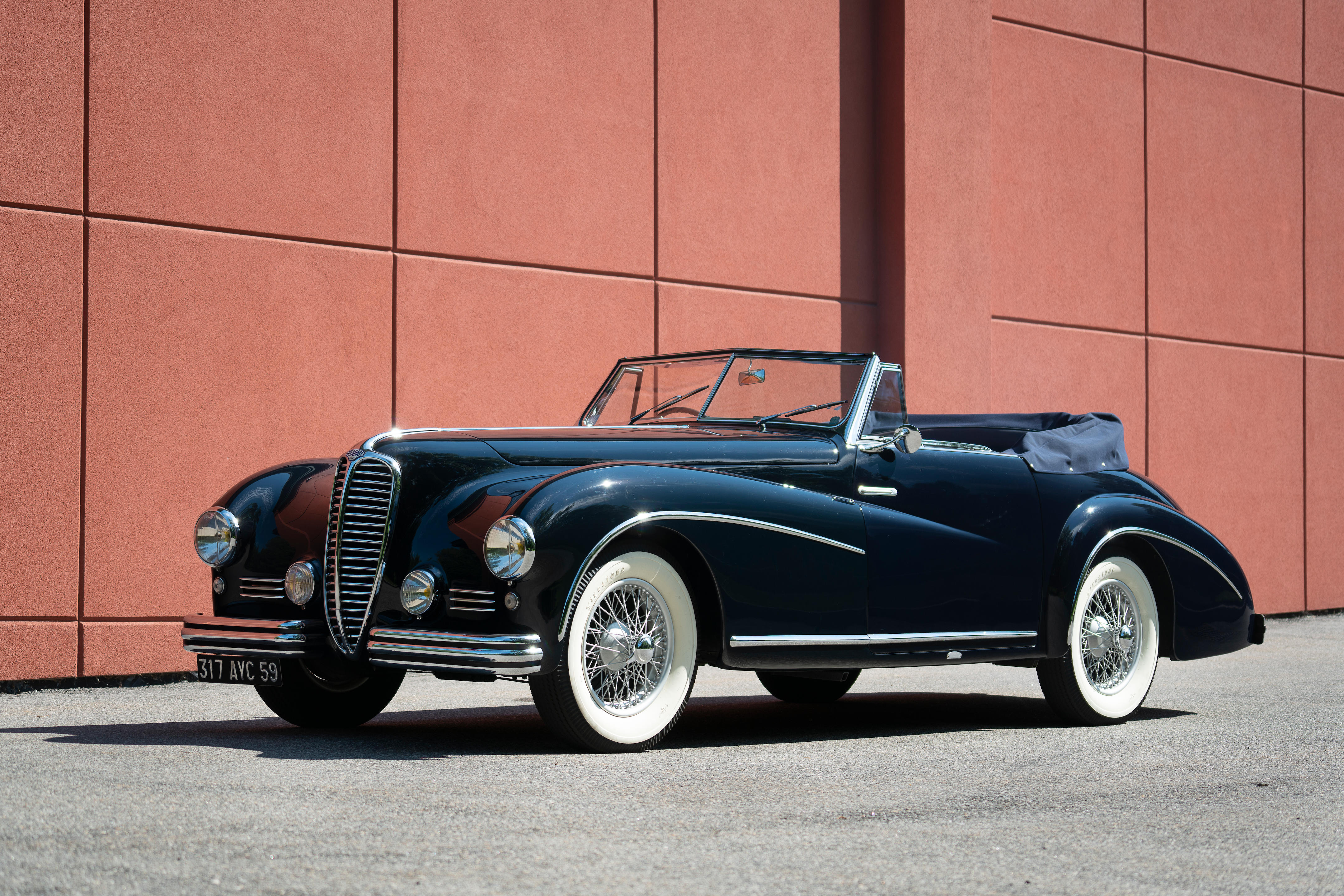
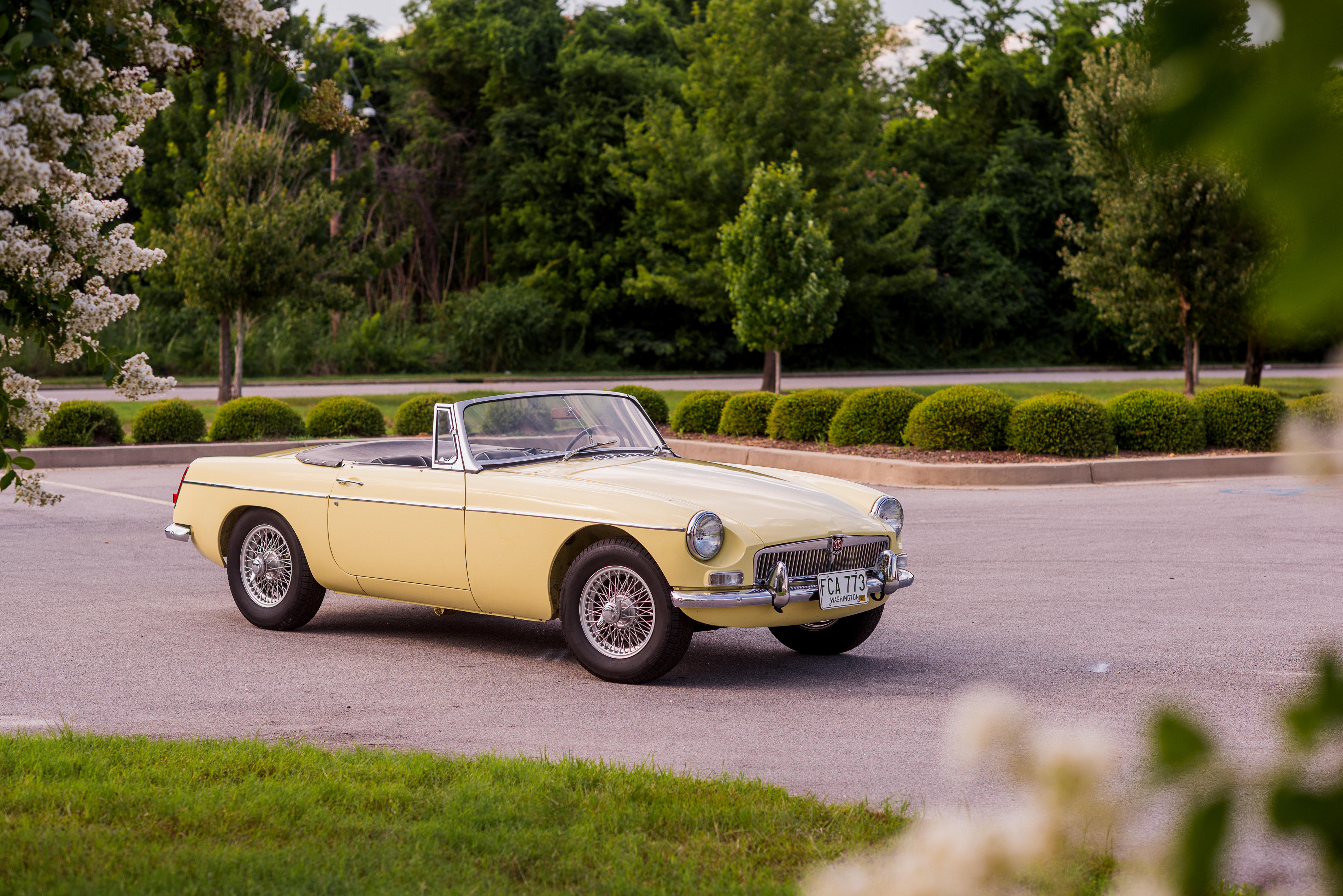
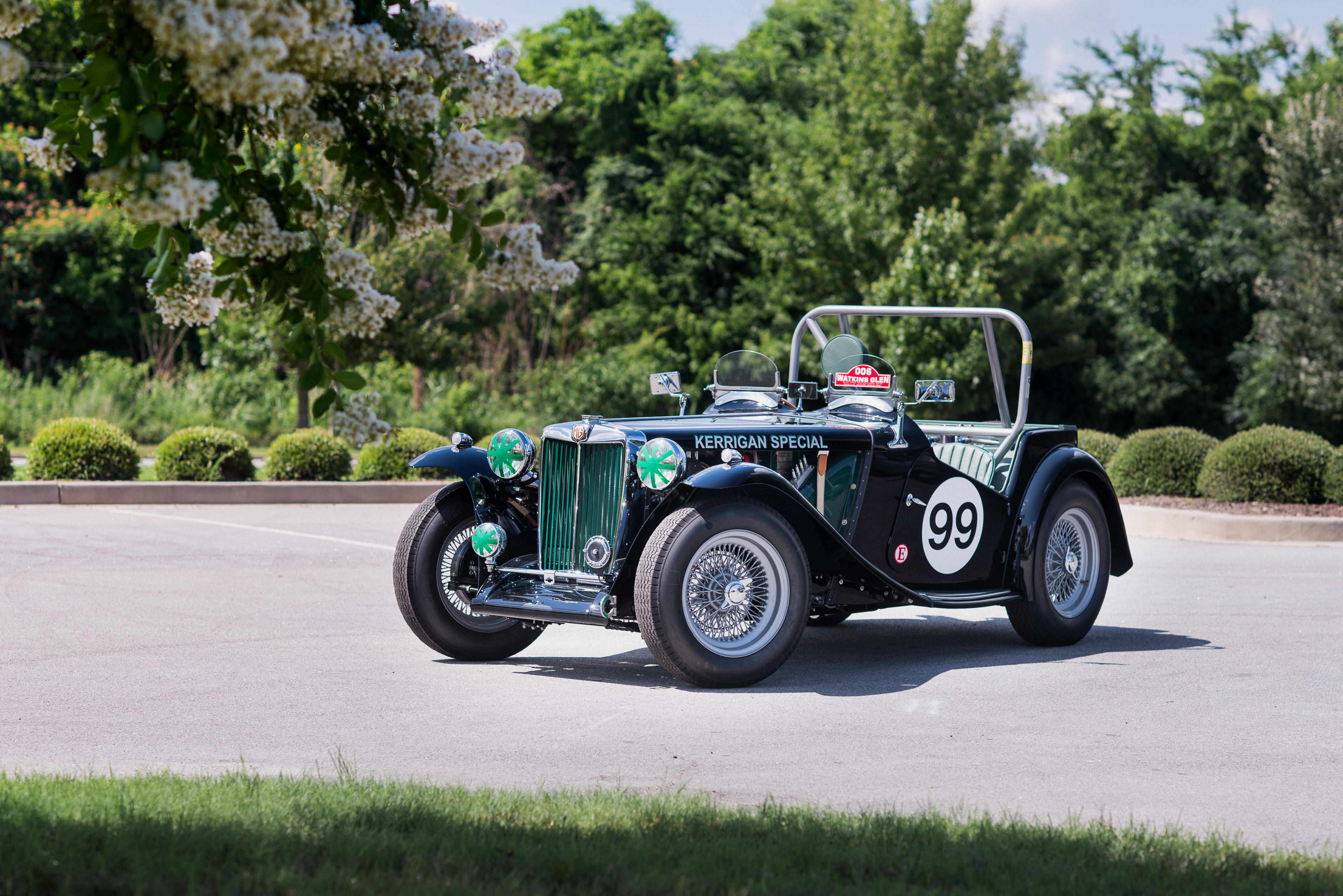
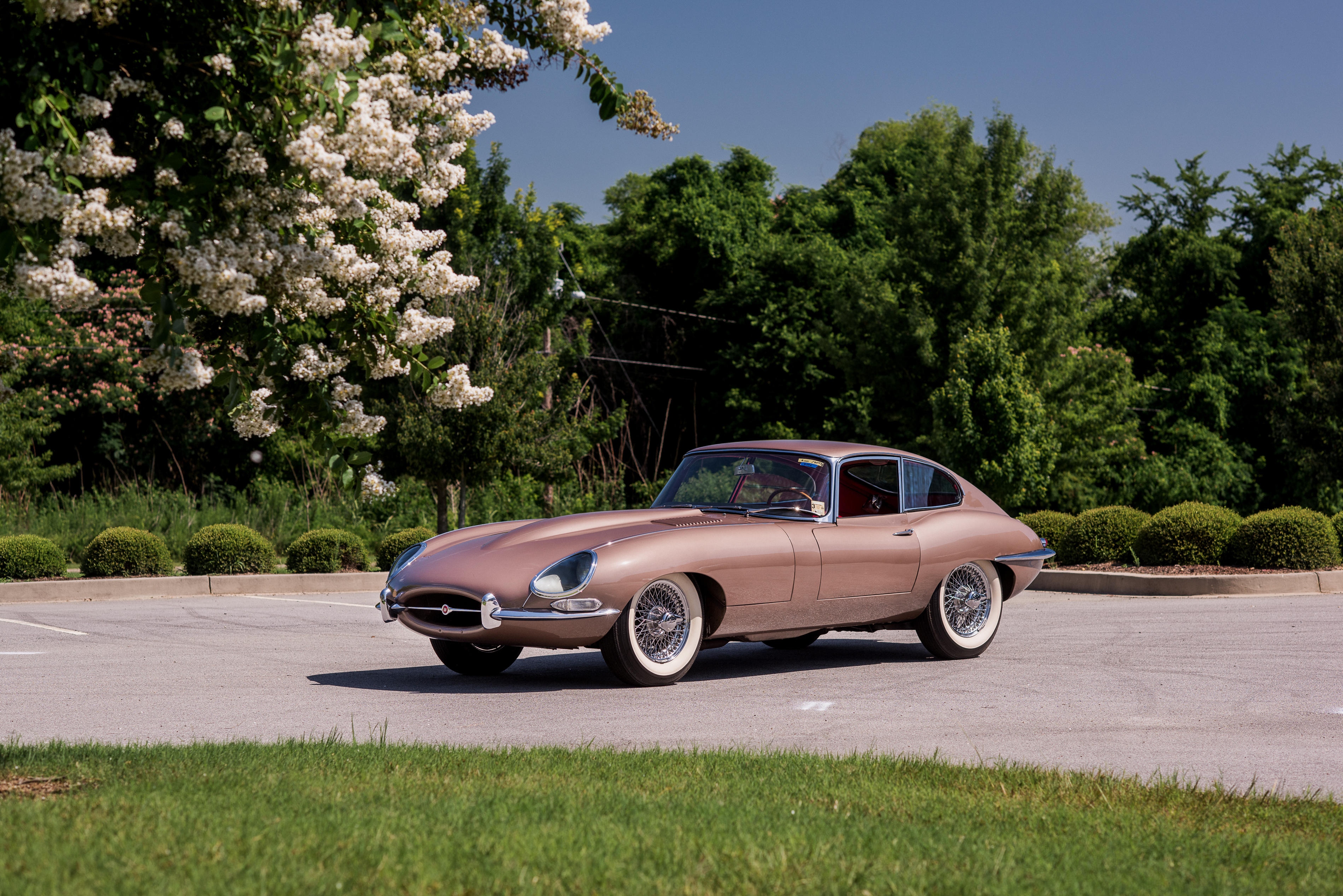
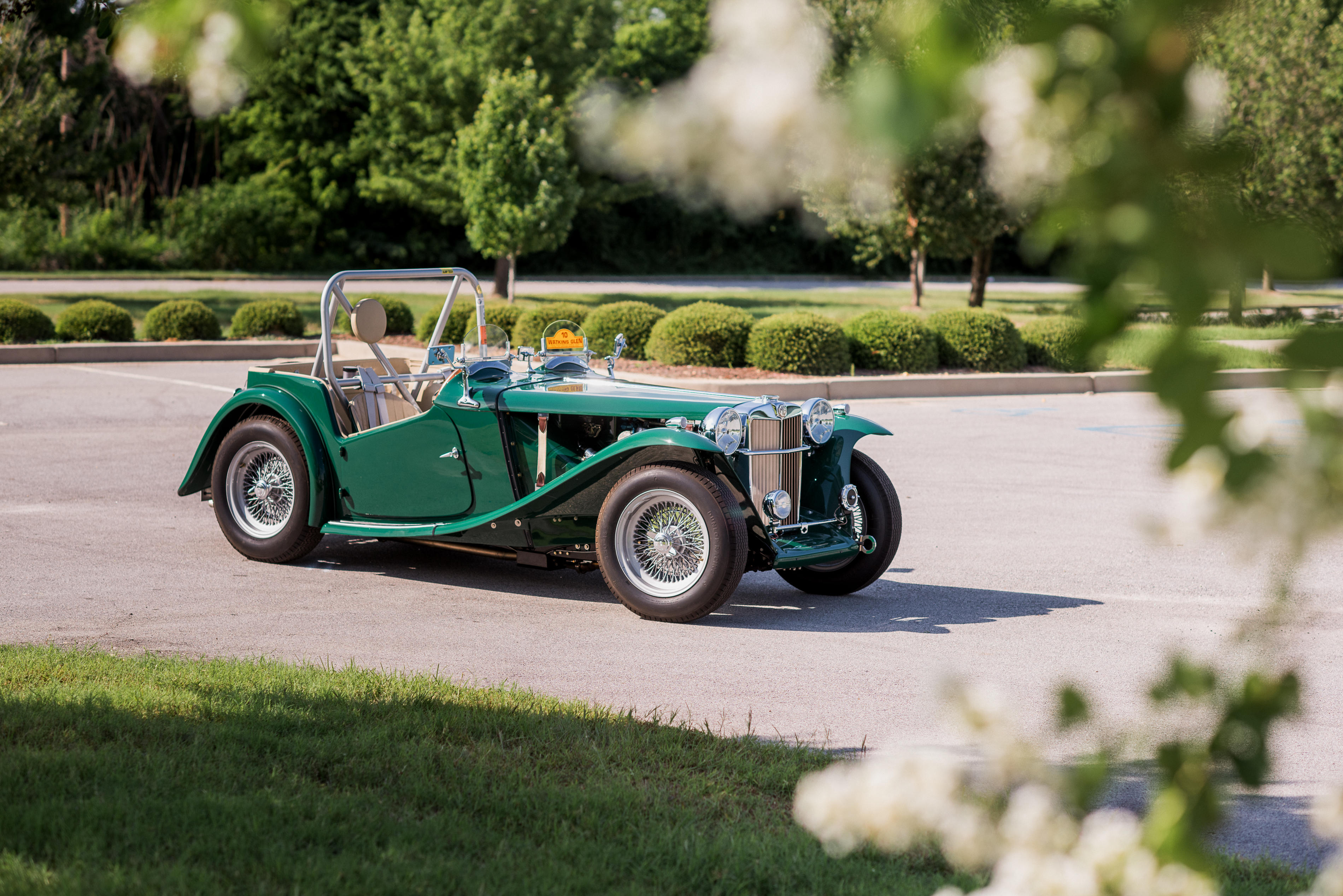
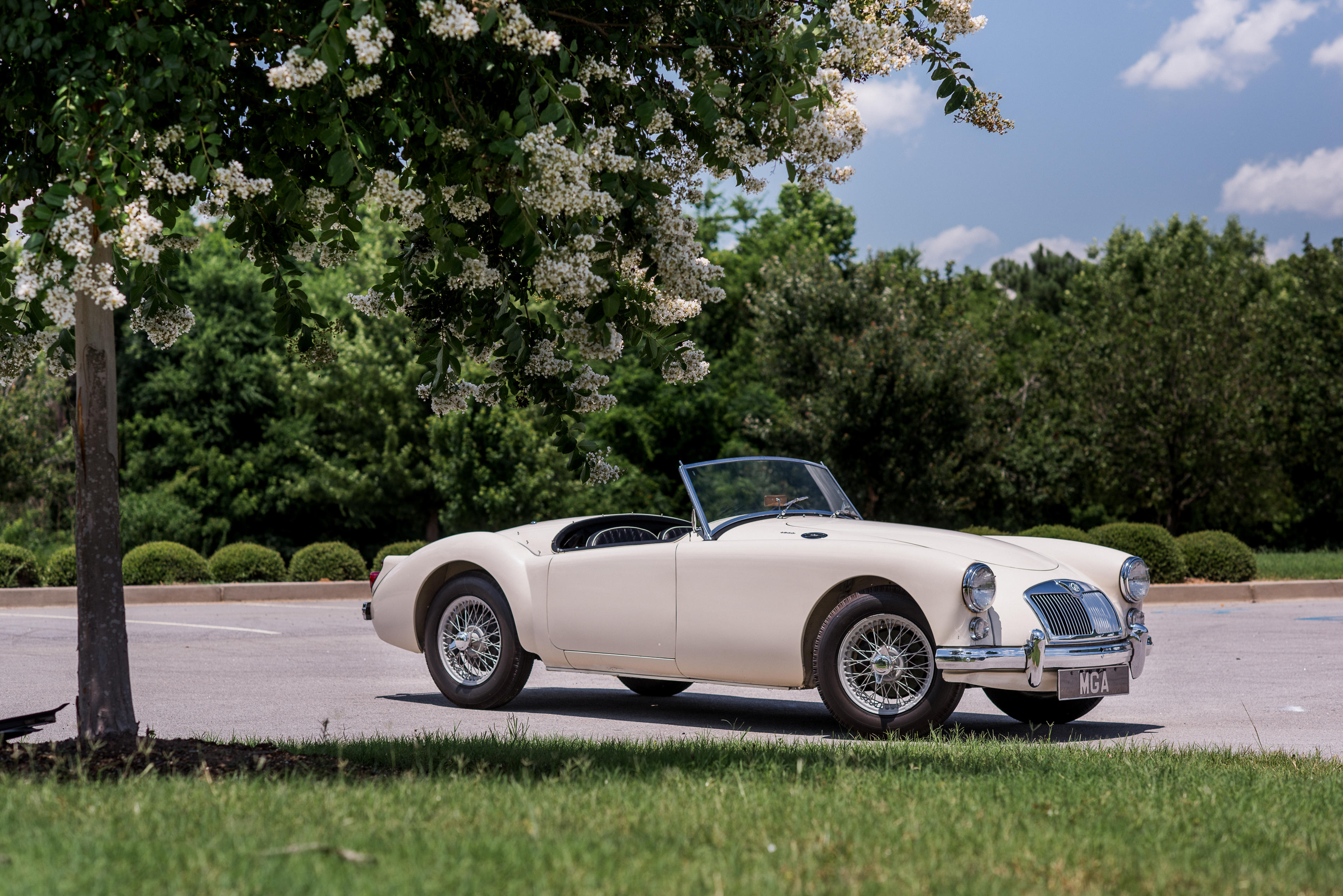
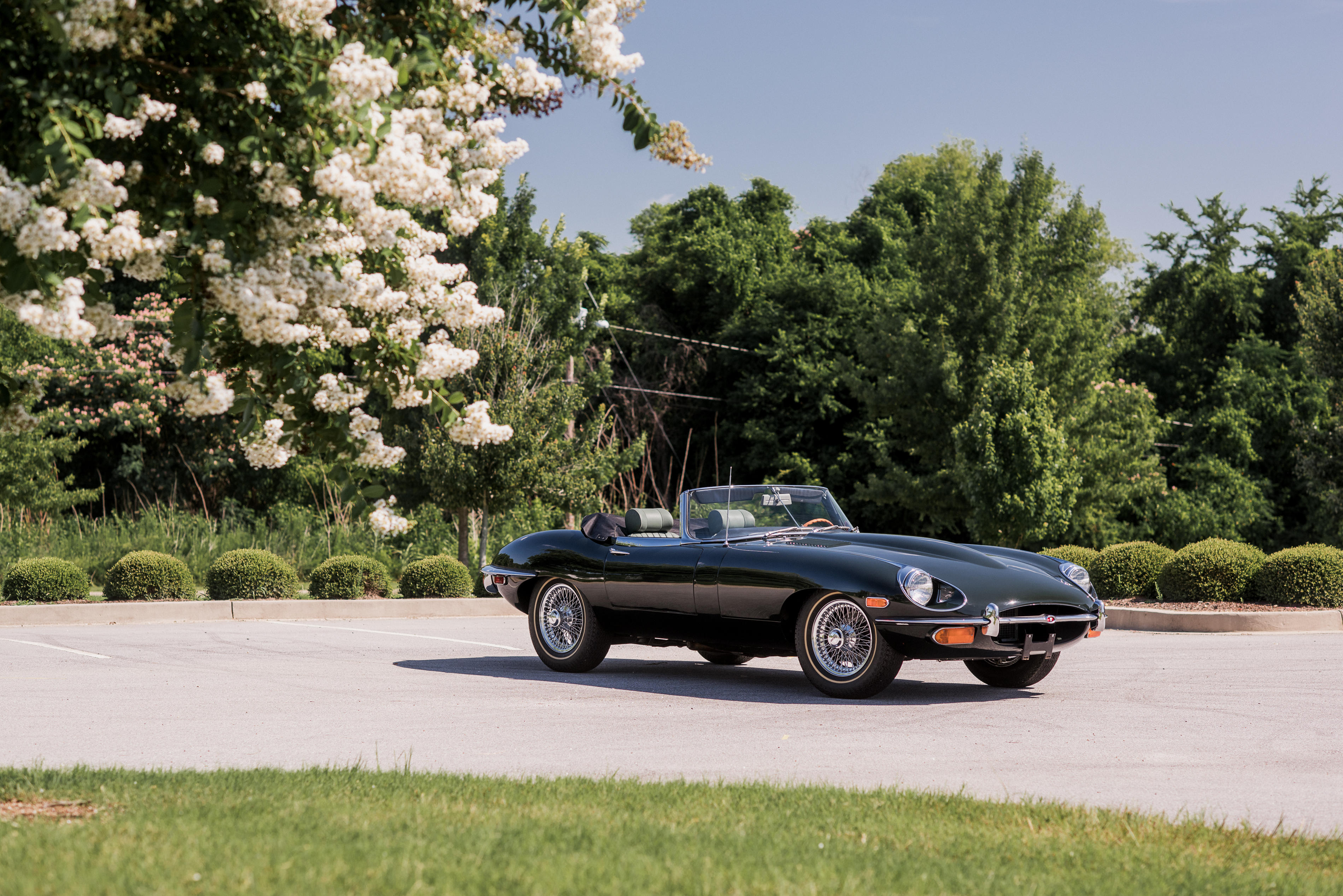
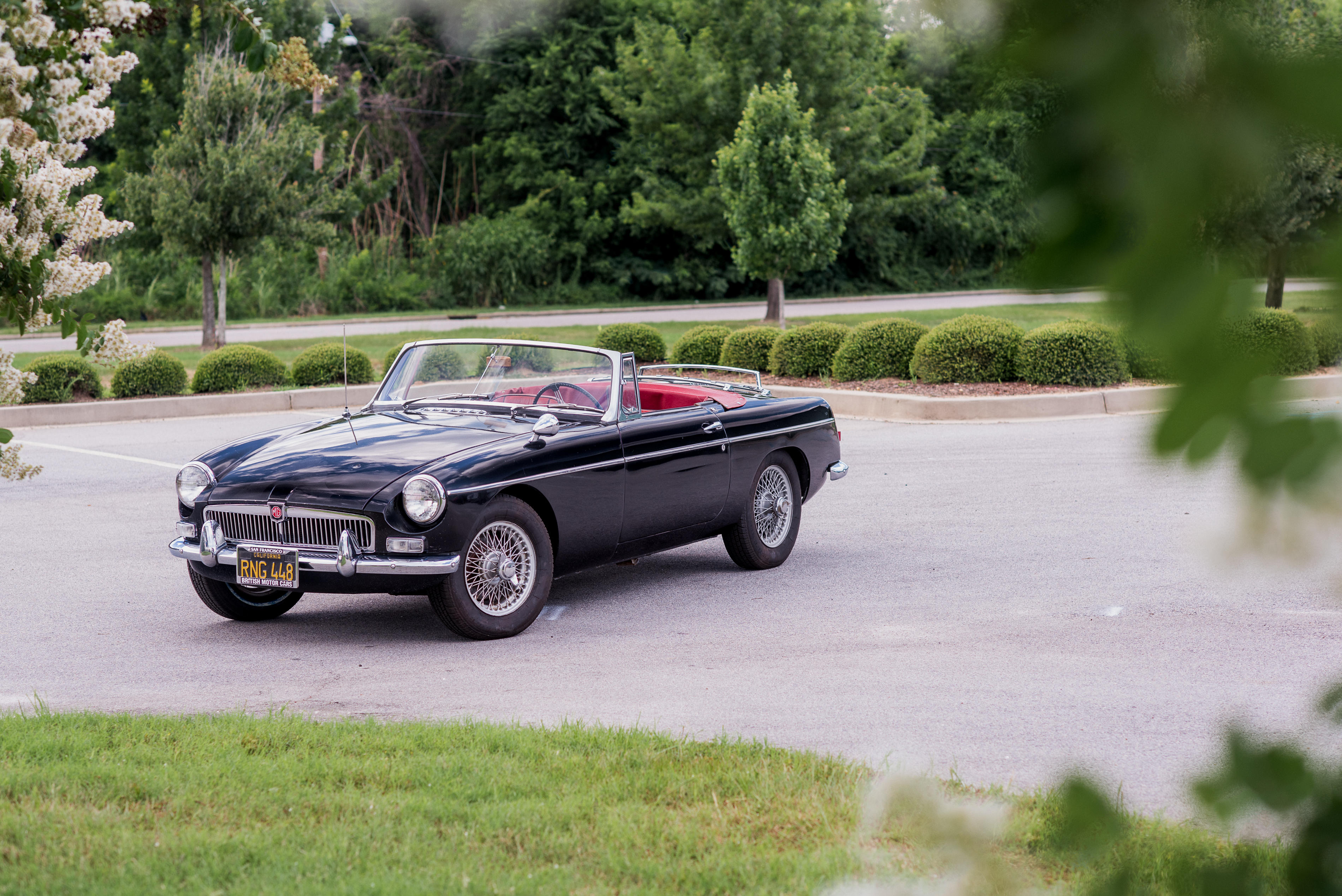
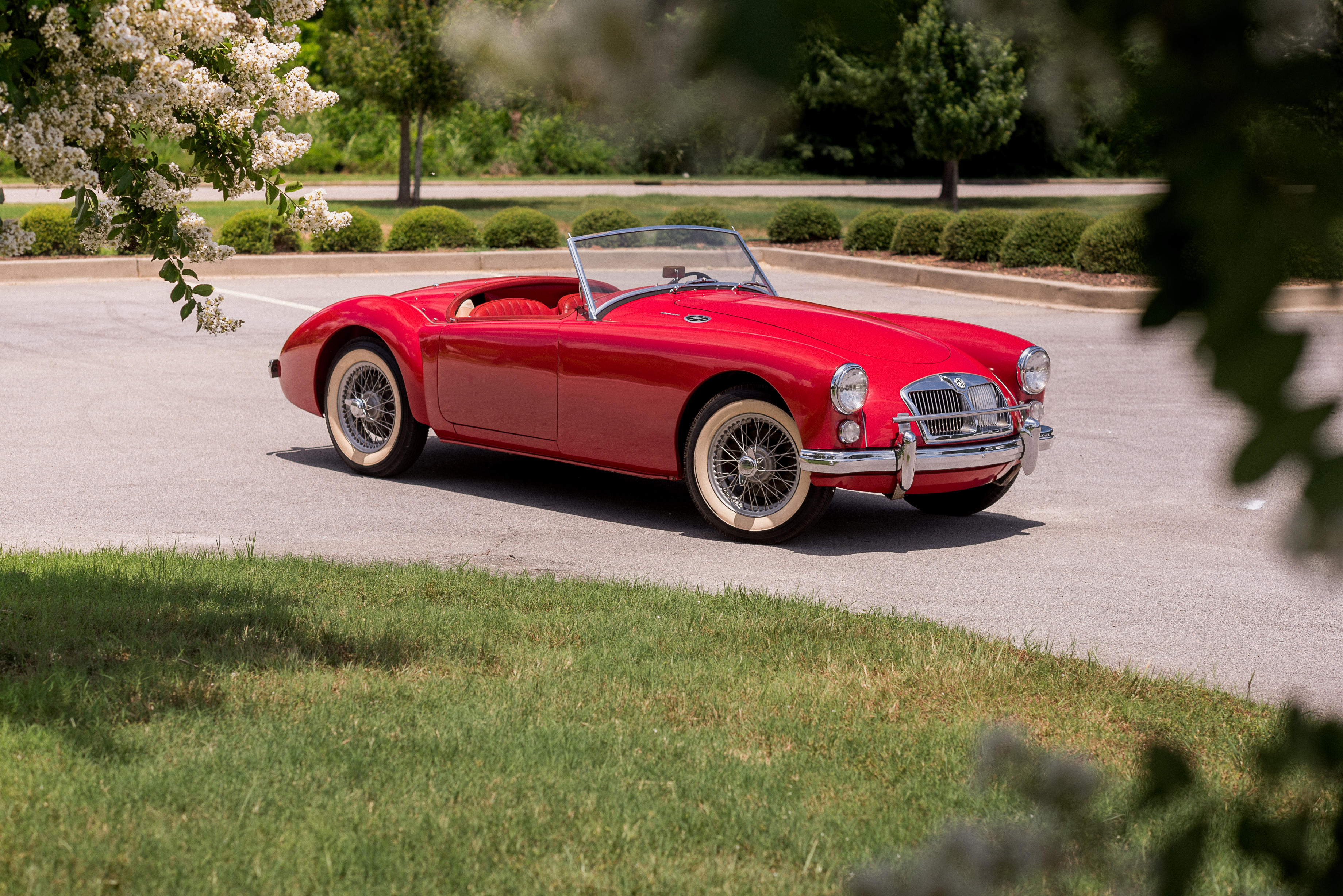
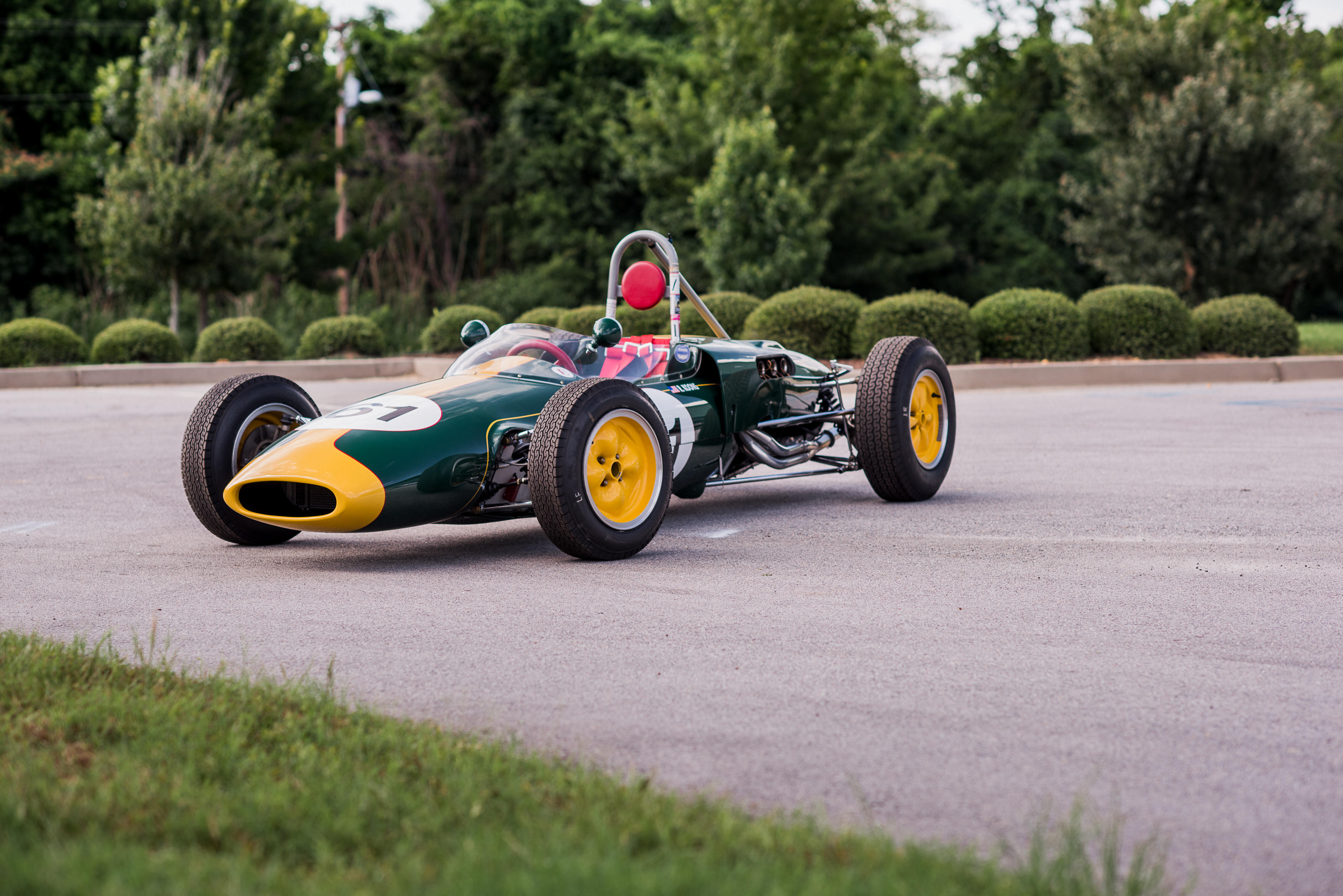
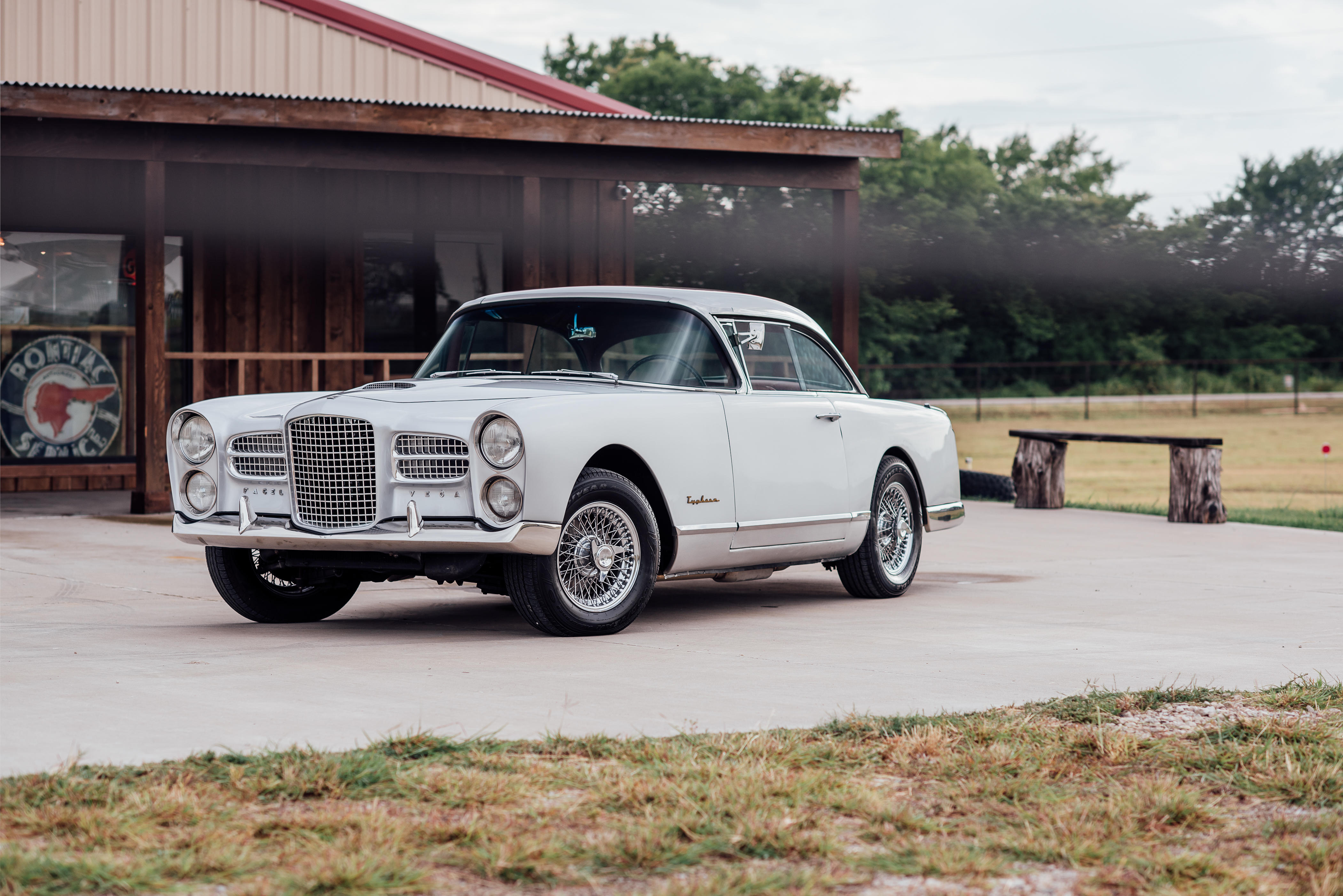
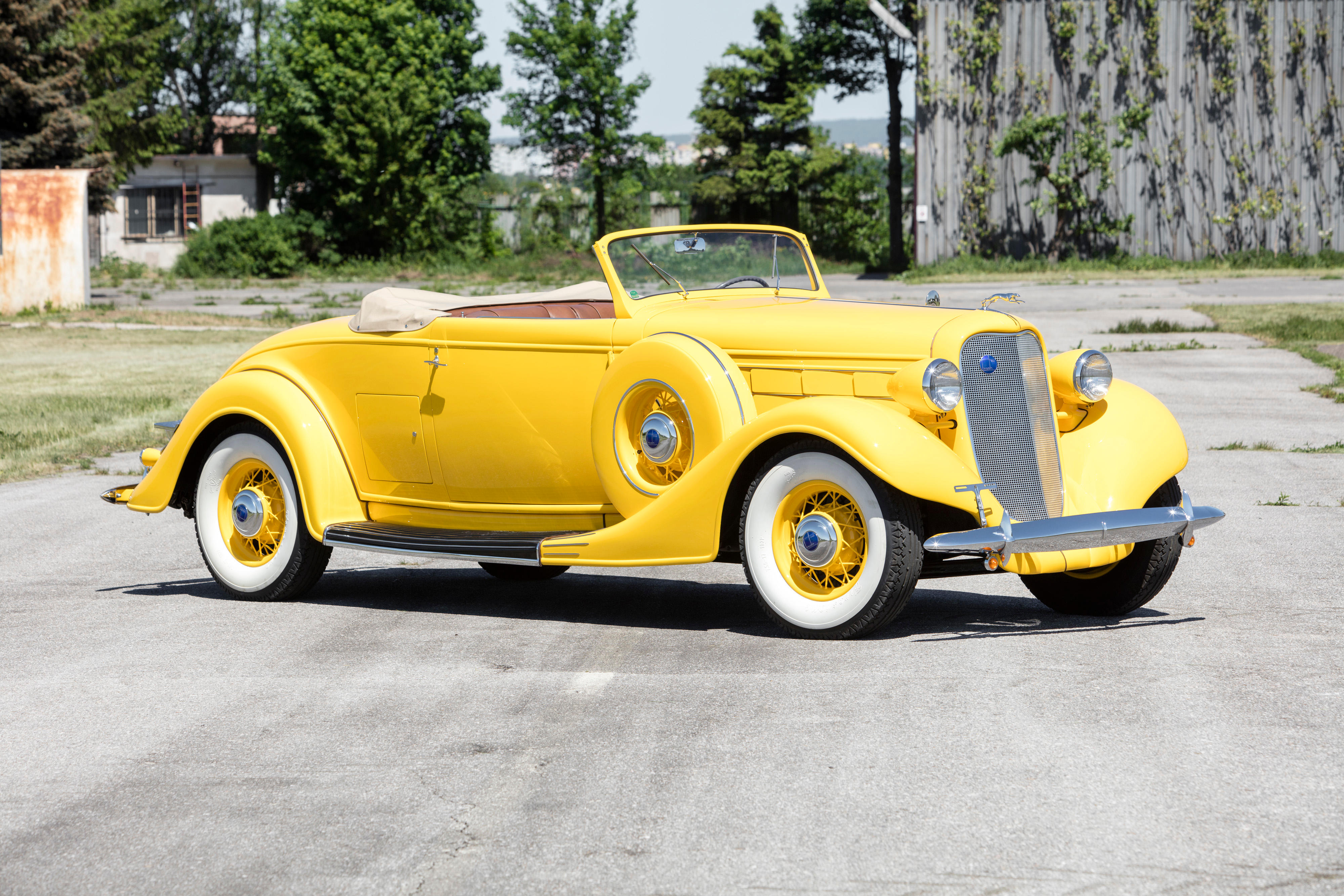
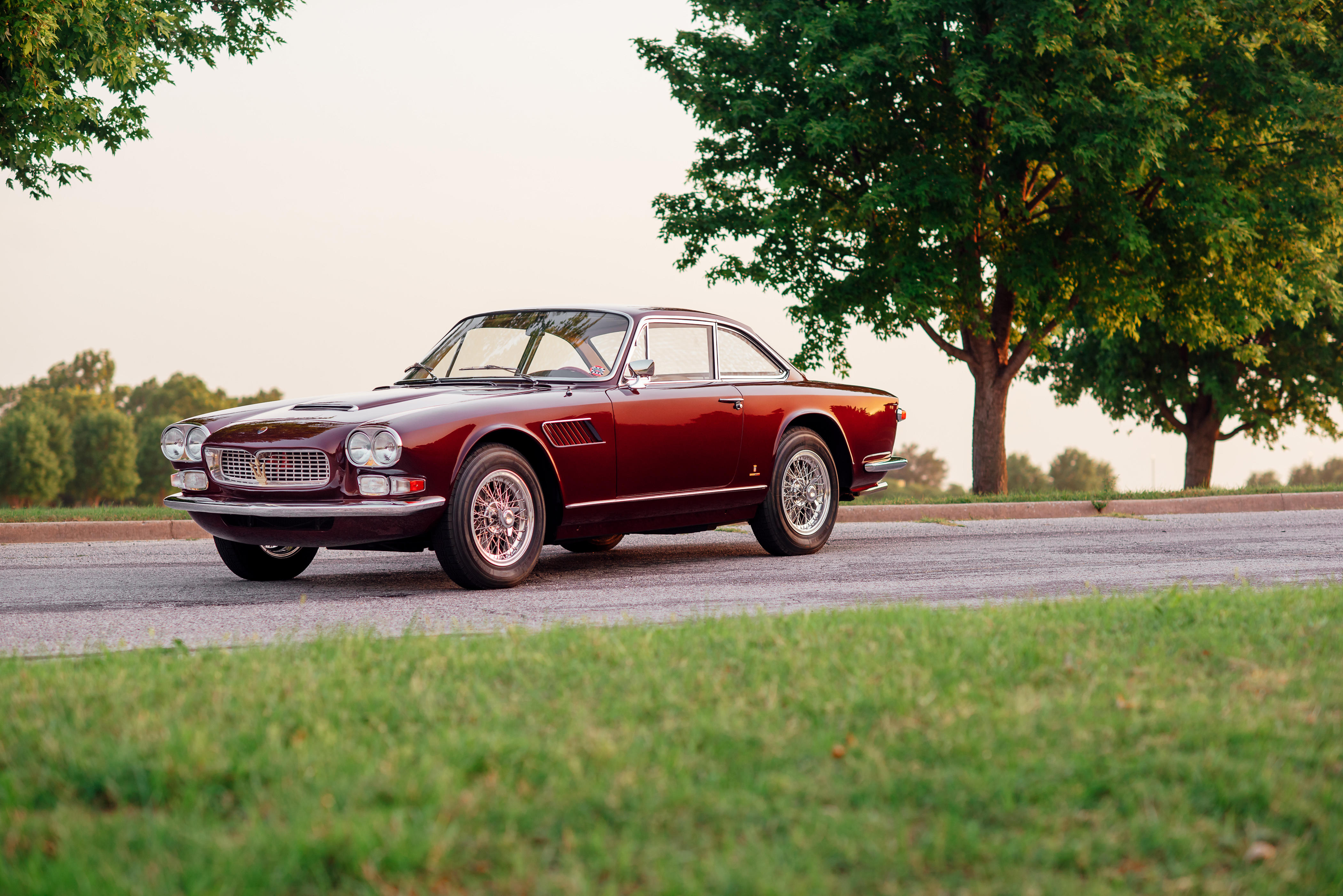
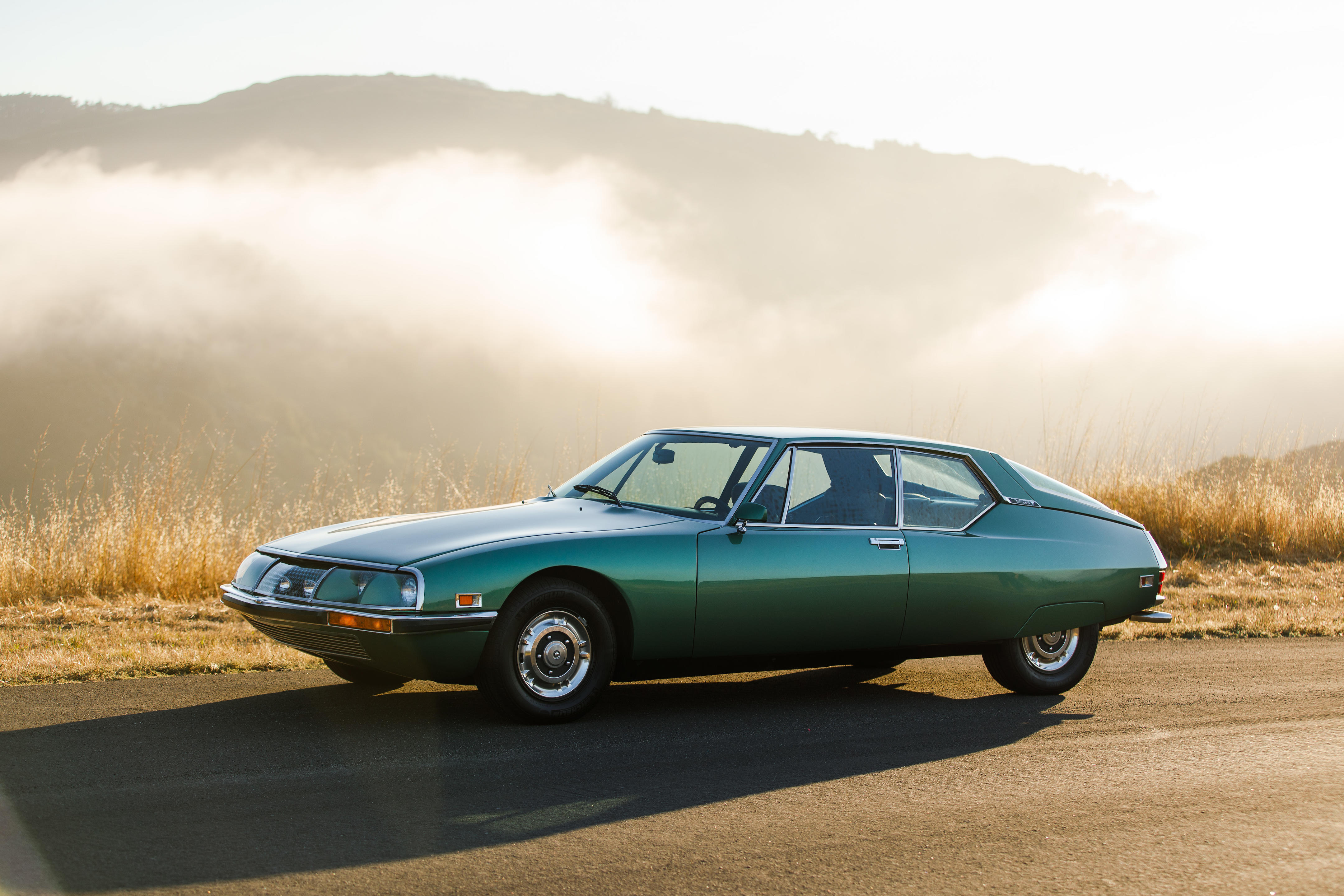
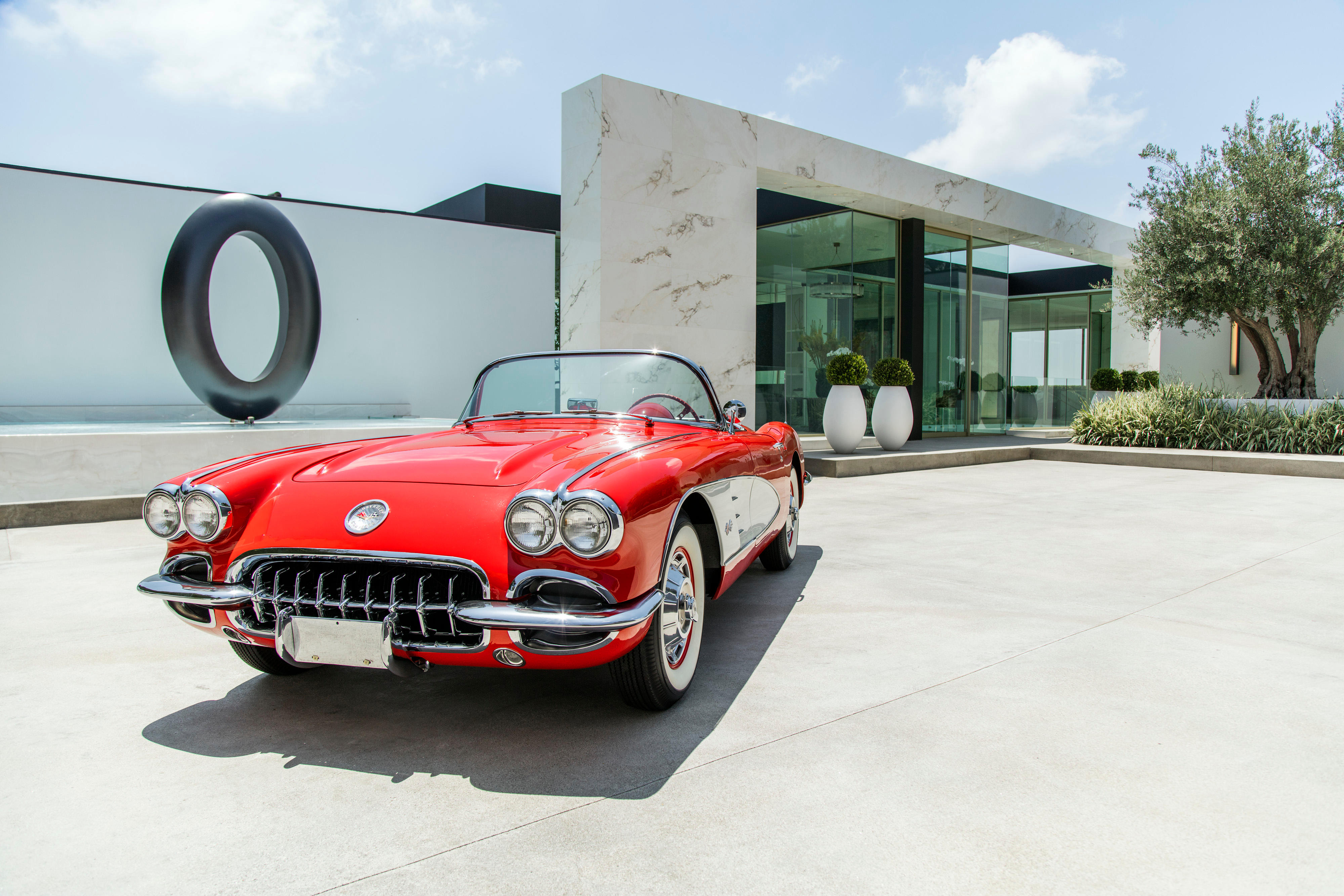
Testen Sie LotSearch und seine Premium-Features 7 Tage - ohne Kosten!
Lassen Sie sich automatisch über neue Objekte in kommenden Auktionen benachrichtigen.
Suchauftrag anlegen